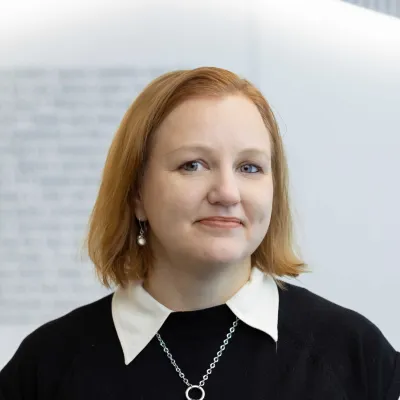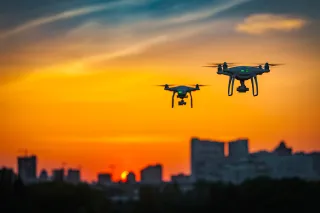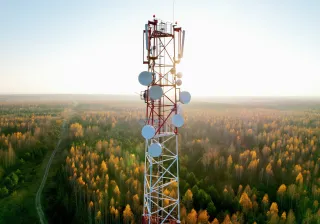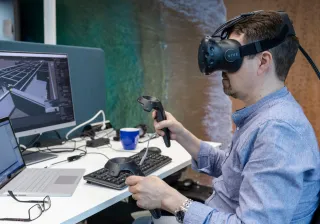The best before date alone is not enough for consumers anymore. People want to be aware of the authenticity and ethicality of the products they buy. That is why production and logistics of food items is becoming more and more transparent. Best before stamp is not the whole truth. For example milk is often perfectly fine to drink even after the date has passed. On the other hand, if the milk carton is damaged, its contents can be undrinkable even if the date is valid. The TagItSmart project tackles this problem.
One central requirement in meat industry is that the cold chain remains intact. However, verifying this has been difficult until these days. The only way to make sure has been to inspect the product itself and determine whether it is in good or bad condition. Consumers do not have the equipment nor know-how to do this. If the meat did not reveal its rotten condition via smell or looks, the consumer learned about it the hard way. I have personally complained several times either to the producer or the grocery store about a bad product with a valid date.
QR codes and other 2D code technologies have been among us for over 20 years. These two-dimensional barcodes have found their way to several applications, both in B2C and B2B. Now they are being taken to the next level. As a consequence it will be easier to resolve whether or not the cold chain has remained intact. Consumers are already used to read 2D codes with their smartphones e.g. for accessing a web page of a company. Now reading the code will also capture things like sensor data, location, and other information needed for personalizing a service. All this without the consumer having to understand the colours of the sensor, for example. The code reading application deals with understanding the context and provides a direct link to the customized service.
VTT has participated in the TagitSmart project and developed functional inks, which enable a new kind of 2D code. Such code can alter its appearance according to the conditions in its surroundings. For example a change in lighting conditions or oxygen level can execute a change in the code. Also a raise or decline in temperature can do the same.
If a temperature surrounding a meat package has at some point risen over a preset limit, a code glued on it will change. A chef, storekeeper or even a shopper can realize this as long as they have smartphones equipped with the needed app. They don’t have to inspect the product itself which makes it easier for everyone.
There are also several other application areas for these new and improved 2D codes. The TagitSmart project has identified the following cases, for example:
- You can resolve the authenticity and origin of wine by lighting the 2D code on it with the smartphone’s flashlight.
- You can reward and guide a consumer on recycling based on 2D codes on the package and recycling containers.
- You can predict the need for fixing a household appliance based on excess heat or contact with water.
- You can give a brewery feedback via a code printed on a beer bottle for advancing customer loyalty. If a customer is planning a party, for example, she can even order an extra batch of certain products directly from the brewery. At the same time the brewery finds out that this particular customer likes this particular batch and can tune its production conditions accordingly.
There is one thing in common with all use cases based on the TagitSmart innovation: all codes have been implemented cost-effectively by utilizing printing technologies. Using such technologies does not substantially increase the packaging costs, and the industry can therefore apply it to very cheap consumer products. We have certainly yet to discover several application areas. The TagitSmart project has already applied VTT’s Owela innovation platform for identifying new use cases. We will keep on involving people in these innovations for years to come!




